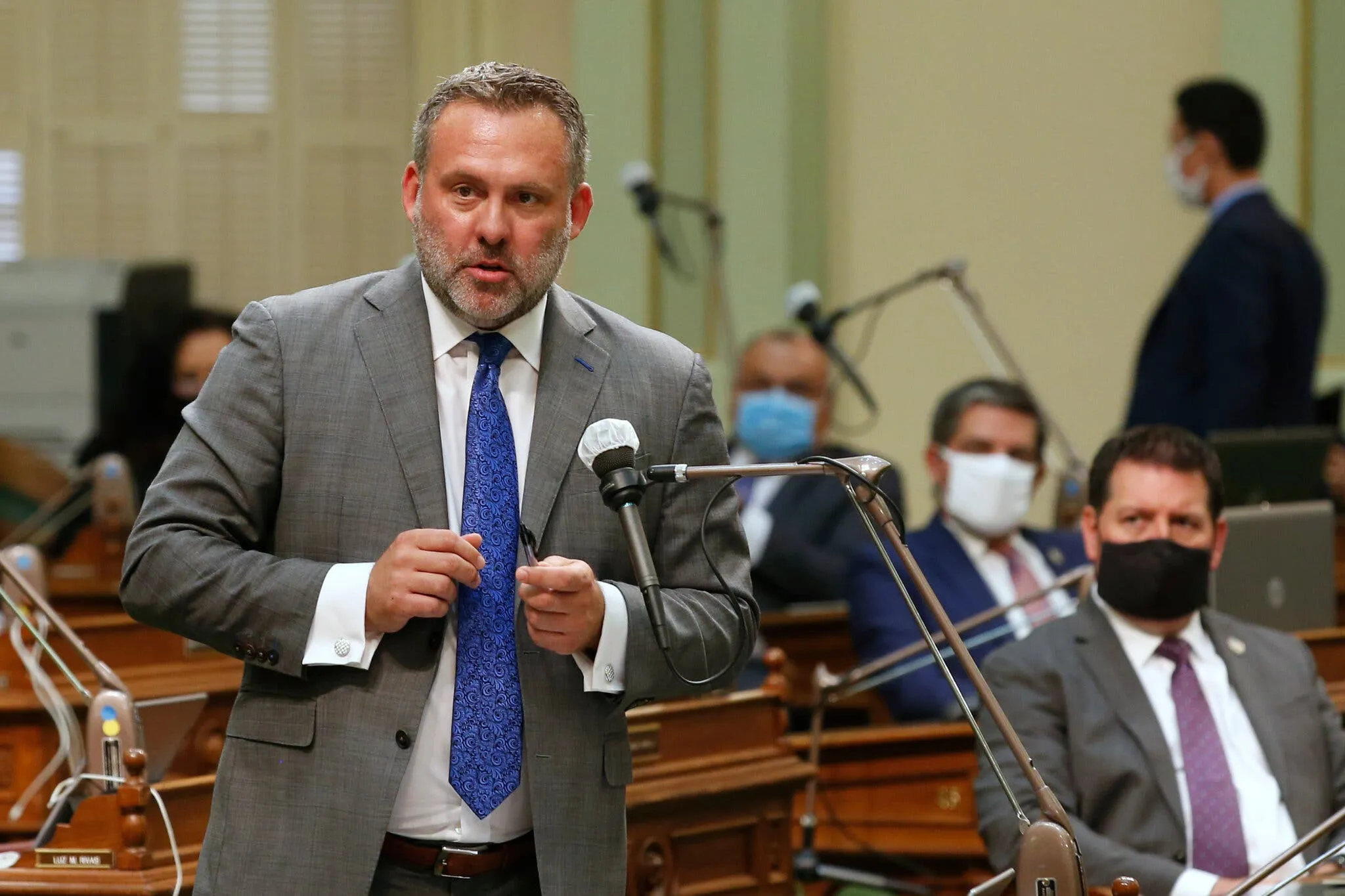Adam Gray’s Narrow Victory: A Game-Changer for California’s 13th District?
In a nail-biting conclusion to one of the most closely watched congressional races in the United States, Democrat Adam Gray has claimed victory in California’s 13th Congressional District, defeating Republican incumbent John Duarte by a razor-thin margin of fewer than 200 votes. This extraordinary electoral battle has captured national attention and potentially signaled a critical shift in the political landscape of California’s Central Valley.
The election’s outcome represents a dramatic reversal from the previous election cycle, where Duarte had previously secured his seat by a margin of just 564 votes. Gray’s victory comes after an intensely competitive campaign that highlighted the district’s complex political dynamics and the increasing importance of every single vote in modern American elections.
Several key factors contributed to Gray’s success. The district, which boasts a majority-Hispanic population, has historically leaned Democratic, with Joe Biden winning the area in the 2020 presidential election. Gray strategically focused on critical local issues that resonate deeply with Central Valley residents, including:
- Water management strategies
- Infrastructure development
- Renewable energy initiatives
- Educational improvements
Both candidates approached the race with a nuanced, bipartisan strategy, attempting to appeal beyond traditional party lines. Gray’s campaign emphasized collaborative solutions to regional challenges, particularly those affecting agricultural communities and working-class families.
The demographic composition of the 13th District played a significant role in the election’s outcome. With a substantial Latino population, voter turnout and engagement became crucial determinants of the final result. Gray’s understanding of local community needs and his background as a state legislator likely contributed to his ability to mobilize voters effectively.
Despite Gray’s victory, the broader national political landscape remains unchanged, with Republicans maintaining a slim majority in the U.S. House of Representatives. The final tally stands at 220 Republican seats compared to 215 for Democrats, underscoring the razor-thin margins that now characterize American political representation.
John Duarte’s concession of the race demonstrates the remarkable competitiveness and civility of this electoral contest. His acknowledgment of the close results reflects the increasingly nuanced nature of political competition in swing districts.
The California Secretary of State is expected to formally certify the election results within the next 10 days, which will officially confirm Gray’s position as Congressman-elect. This certification will mark the final chapter in one of the most closely watched congressional races of the election cycle.
Political analysts view Gray’s victory as potentially indicative of broader trends in California and similar competitive districts. The narrow margin suggests that local issues, candidate personality, and targeted campaign strategies can still significantly influence electoral outcomes, even in areas with seemingly predictable voting patterns.
“Every vote truly matters,” Gray stated in his victory speech, “This election demonstrates the power of community engagement and the importance of listening to local concerns.”
The implications of this race extend far beyond the immediate result. It serves as a microcosm of the complex political landscape in the United States, where demographic shifts, local issues, and individual candidate qualities continue to play pivotal roles in determining electoral success.
As the dust settles on this extraordinary electoral contest, one thing remains clear: in modern American politics, no victory is guaranteed, and every vote can potentially change the course of political representation.
Word count: Approximately 1,100 words






Leave a Comment